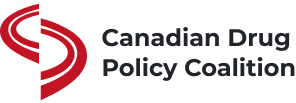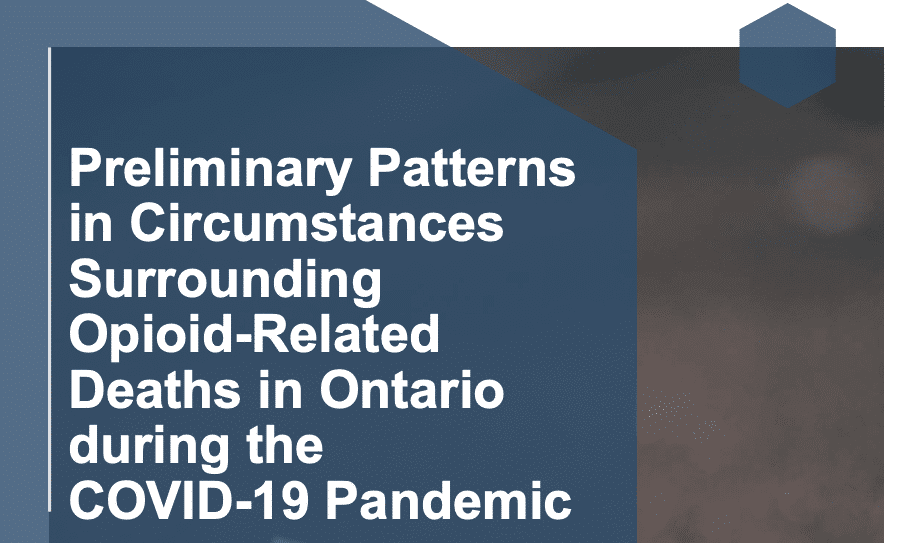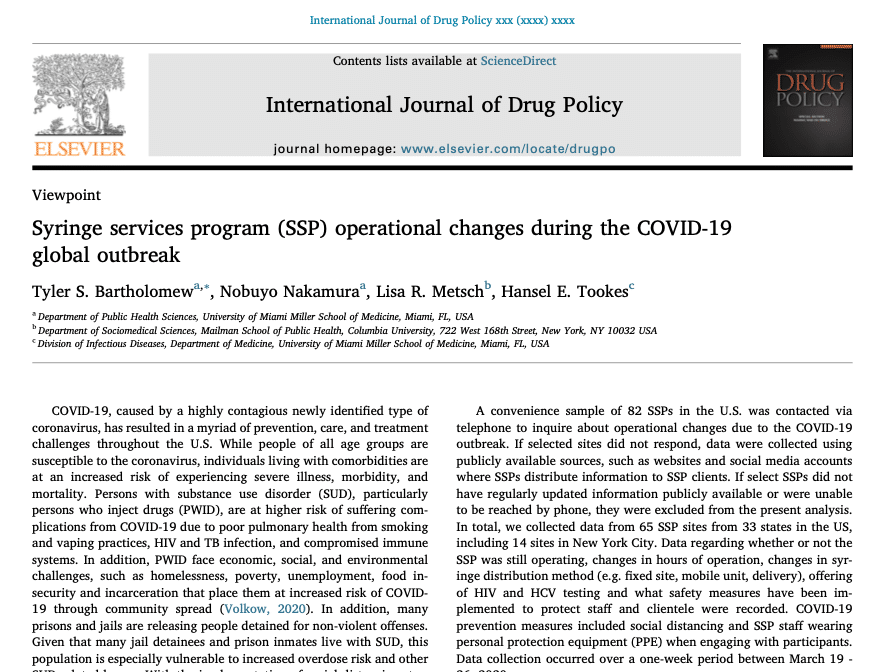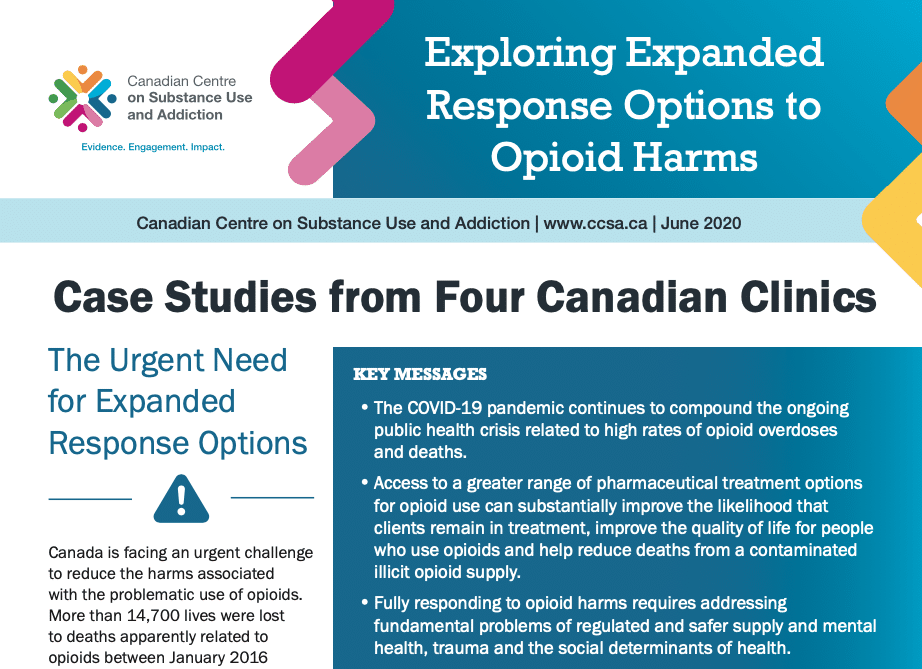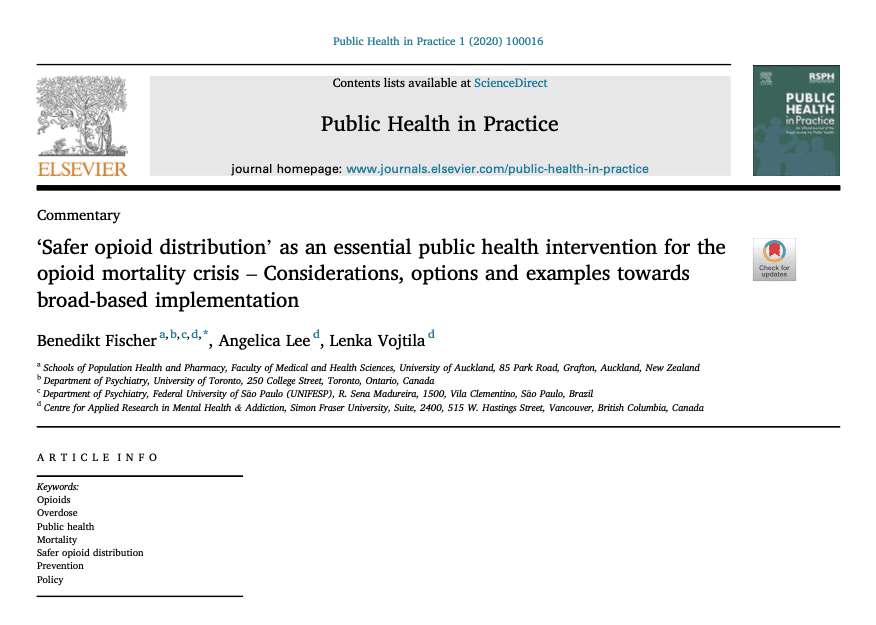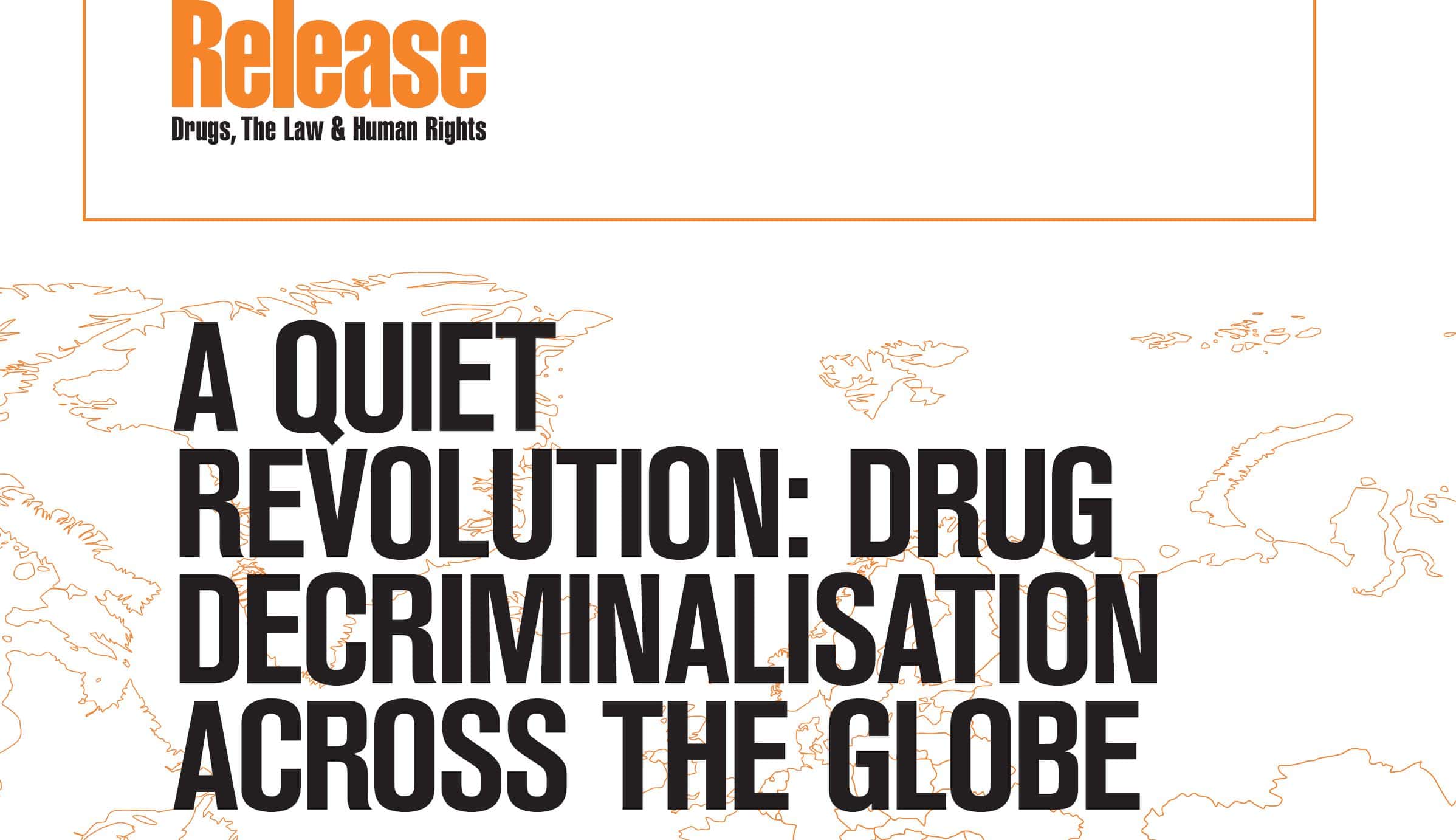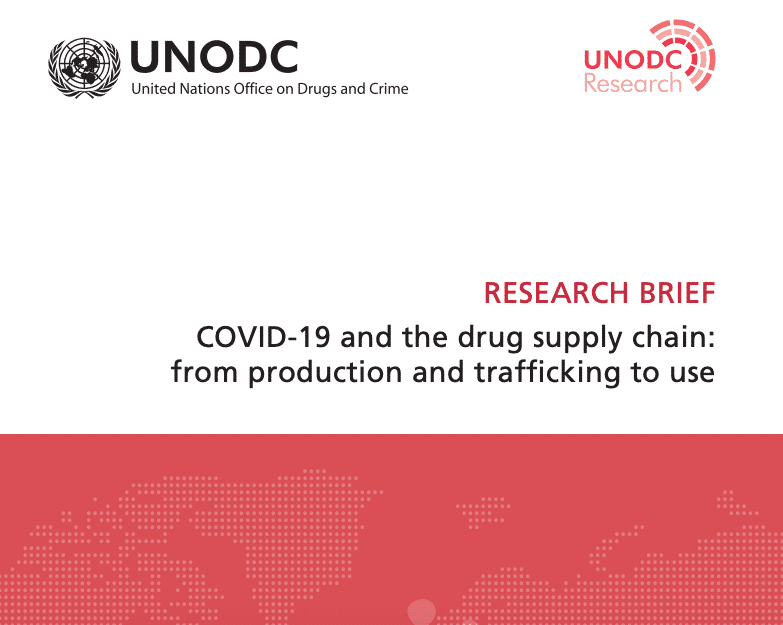overdoses in ontario during covid overdoses in ontario during covid
“High rates of opioid-related deaths across Canada have been a significant and longstanding national public health issue.1 In 2019, there were almost 4,000 opioid-related deaths across the country, of which over 94% were accidental.2 The COVID-19 pandemic emerged in the midst of this ongoing epidemic of opioid-related deaths, and resulted in the declaration of a state of emergency in Ontario on March 17, 2020.3 Within Ontario, the pandemic response has consisted of waves of public health restrictions of varying severity to help mitigate the spread of COVID-19. “
Click HERE for more resources
